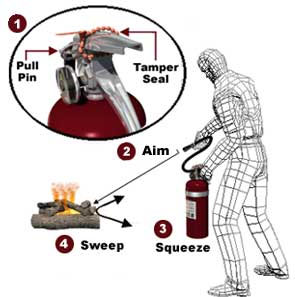In 2019, slips, trips, and falls accounted for 28% of the nonfatal work injuries resulting in days away from work in highway, street and bridge construction, according to the Bureau of Labor Statistics. Human factors contribute to 54% of these slips, trips and falls, while unstable or slippery surfaces accounted for 25% of incidents. Significant factors that contribute to slips, trips and falls include:
COMPLACENCY
Focus on where you’re going and what lies ahead. If you consider that we take thousands of steps a day or get in and out of vehicles and equipment multiple times in a day, all these movements add up to tens of thousands in a week and a million movements in a year. Unfortunately, a one-in-a-million chance for injury is entirely possible.
DISTRACTION
Focus on what you’re doing. An object that is too heavy or too cumbersome can become a distraction, limiting your focus on your travel path.
- Take responsibility for fixing, removing or avoiding hazards in your path.
- Make sure you can see where you are going.
- Carry only loads that you can see over.
BODY MECHANICS
Carrying a heavy object changes our center of mass and our walking pattern. The weight, location and method of carrying an object can impact your balance, especially if your:
- Stride length shortens.
- Step height lowers.
- Center of mass shifts.
All of these subtle changes can impact a person’s normal movement patterns and stability, increasing the potential of a slip, trip or fall.
Download a printable PDF and recording form here.
Members can download the audio version of this toolbox talk here.

